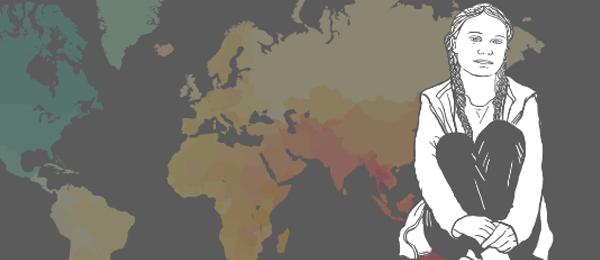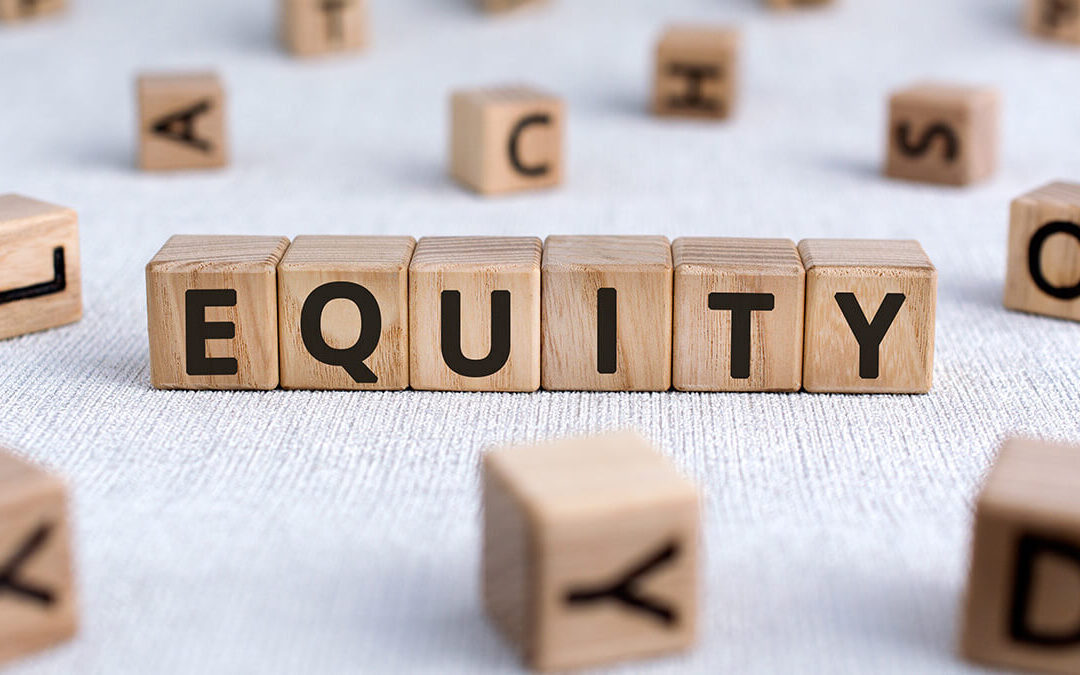Fridays For Future Canada
In August 2018, Greta Thunberg began striking for the climate. Canada’s first climate strike in solidarity with Greta was Friday, November 2, 2018. By Friday, December 7, 2018, there were nine youth groups in Canada striking with Greta. Many youths in Canada are now striking regularly. On the March 15 global climate strike, Canadian youth joined the strike in at least 85 cities. Canada’s next national strike is Friday, May 3, 2019. Youth in the USA, Australia and Mauritius plan to join the Canadians. The climate crisis is an emergency. As Greta says, we must obey the science, work within the planetary carbon budget, follow the Paris Agreement, and the 1.5C ambition.
In light of the May 3rd National Fridays for the Future Student Climate Strike, the VSTA Council recently passed a motion to support the climate strikes. We encourage all members to read the section on how teachers can support the strikes and be aware that we are liable for our students’ safety as we are “in locus parentis” (in the place of a parent). Teachers are at risk of consequences if they direct their students to go out and strike.
The VSTA:
a. Recognize that climate change:
i. Presents an existential threat, being a “global emergency” according to the 2018 Intergovernmental Panel on Climate Change (IPCC) report
ii. Has already had negative impacts both internationally and in Canada, as evidenced by the breaking of heat records, prolonged and more aggressive forest fire seasons, and increased extreme weather patterns
iii. Is a product of inequality, with 70% of the world’s global emissions caused by 100 of the world’s largest companies
iv. Will have the biggest impact on working-class people and developing countries
v. Requires immediate and wide-reaching action within the next decade to avoid disaster
and therefore:
b. Express our solidarity with climate student strikers fighting for real climate action.
How can Teachers support Student Climate Strikes
1. Consider not scheduling tests on Fridays. Tests are often the biggest barrier to students’ decision to participate in Climate Strikes.
2. Take opportunities within teaching time to deconstruct civil disobedience. Consider having conversations regarding civil disobedience, and discuss why civil disobedience can be effective. “An individual who breaks a law that conscience tells him is unjust, and who willingly accepts the penalty of imprisonment in order to arouse the conscience of the community over its injustice, is in reality expressing the highest respect for the law” ― Martin Luther King Jr.
3. We can also discuss the importance of youth rights without saying “go out and strike” (avoid direct language that instructs students to miss school). Instead, you can use lan guage such as “I support your rights to a healthy future.” Teachers must communicate carefully as our allegiance cannot be perceived as indoctri nation or permission to skip school.
4. Encourage students to have conversations with adults, especially their parents about their motives to take action. They should be encouraged to seek permission from their parents to participate in Climate Strikes.
5. Talk to other adult allies (friends and family) about the strike and encour age them and their children to attend. The VSTA has reached out to the Vancouver District Labour Council (VDLC) who have also passed mo tions in support of the Climate Strikes.
6. If there are curricular and core competency connections that can be made in your class, consider the option of organizing a field trip to attend a climate strike.
Student Climate Strikes: A teacher’s reflection
I have been to plenty of protests. Not a particularly unique statement, many of us have been to protests of one kind or another in our lives. It may seem as fairly banal to say that after attending many protests and rallies, I had begun to feel hopeless, cynical; to tire of a process that seemed adrift in a sea of apathy and rarely produced tangible or lasting results. The return was diminishing….
Read article by Paul Falardeau
Fridays For Future: https://www.fridaysforfuture.org/
#FridaysForFuture is a movement that began in August 2018, after 15 years old Greta Thunberg sat in front of the Swedish parliament every school day for three weeks, to protest against the lack of action on the climate crisis. She posted what she was doing on Instagram and Twitter and it soon went viral. On the 8th of September, Greta decided to continue striking every Friday until the Swedish policies provided a safe pathway well under 2-degree C, i.e. in line with the Paris agreement. The hashtags #FridaysForFuture and #Climatestrike spread and many students and adults began to protest outside of their parliaments and local city halls all over the world. This has also inspired the Belgium Thursday school strikes.
Sustainabiliteens Vancouver: https://www.facebook.com/sustainabiliteens/
Sustainabiliteens are a group of teens from across Metro Vancouver coming together to demand action on climate crisis. They are part of the international #fridaysforfuture #climatestrike movement. They strike from school one Friday a month to set an example of urgency which they demand to see followed by all levels of government.




